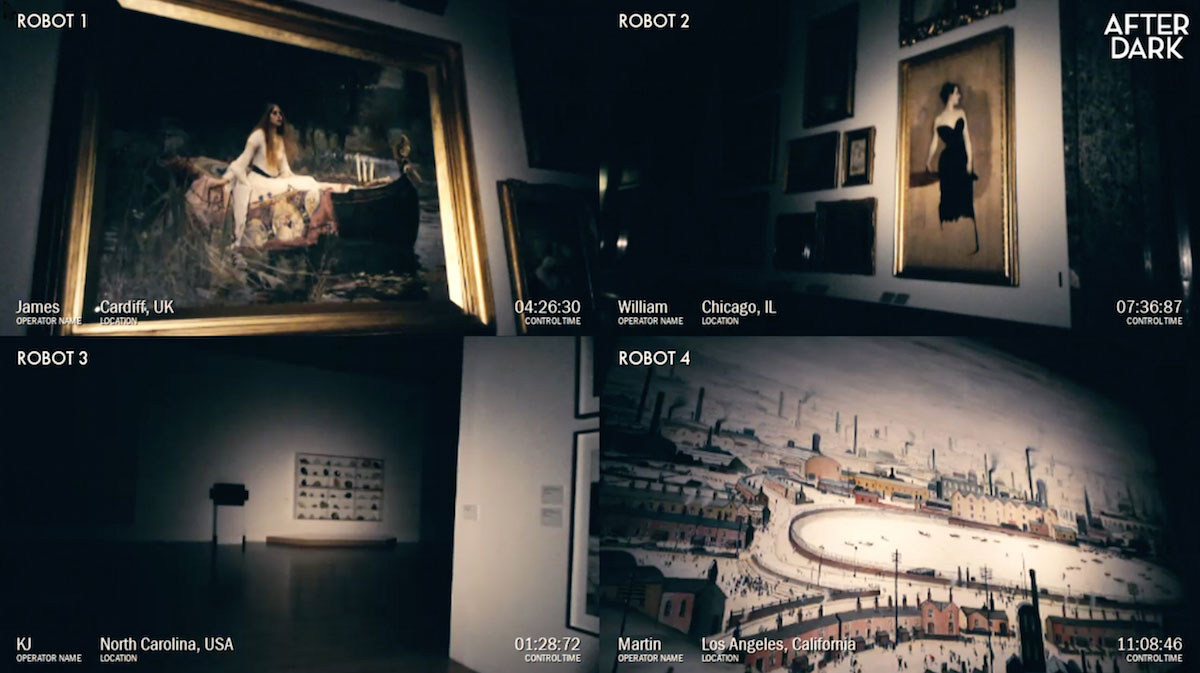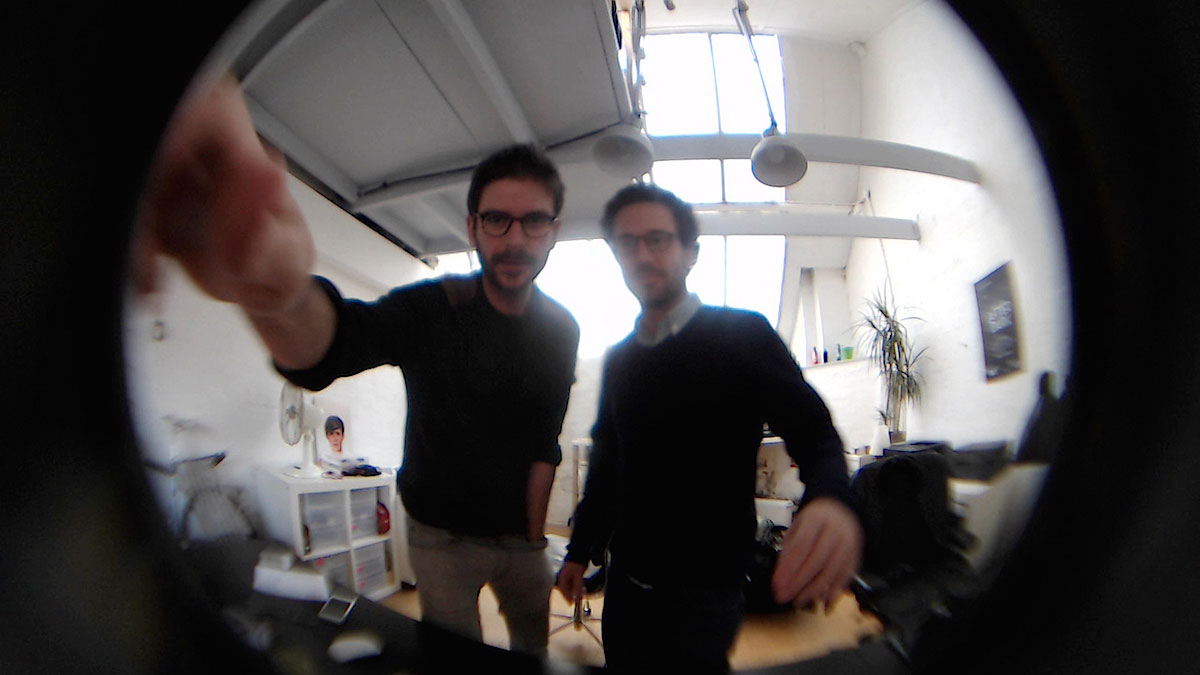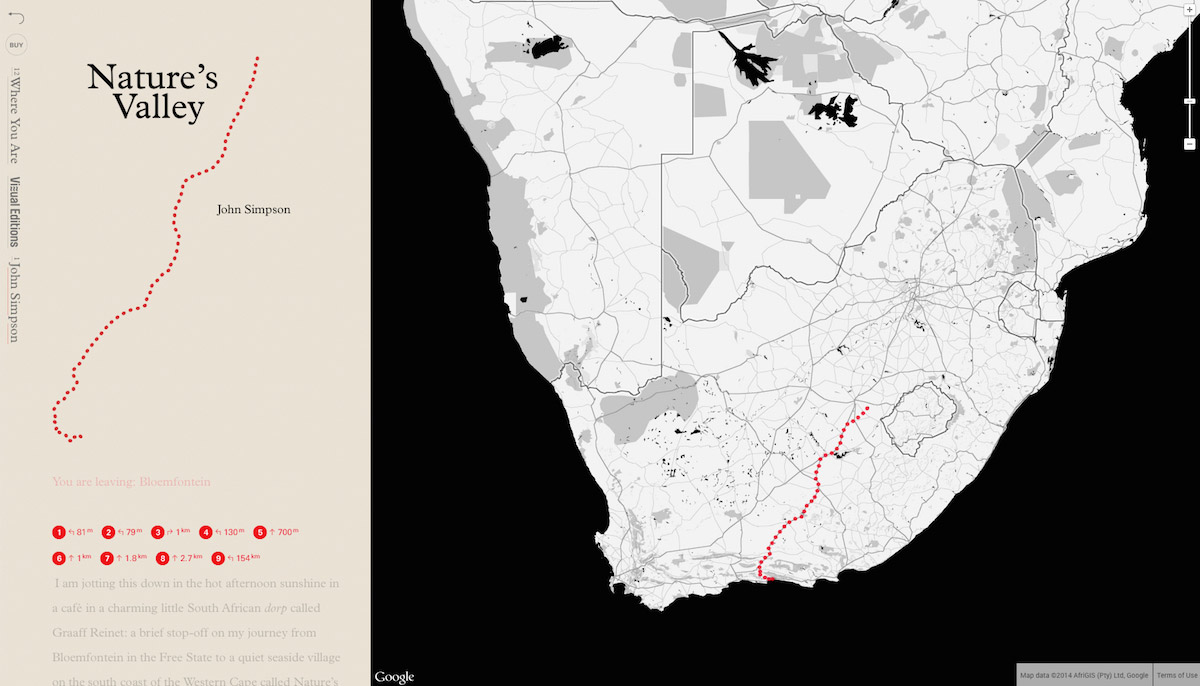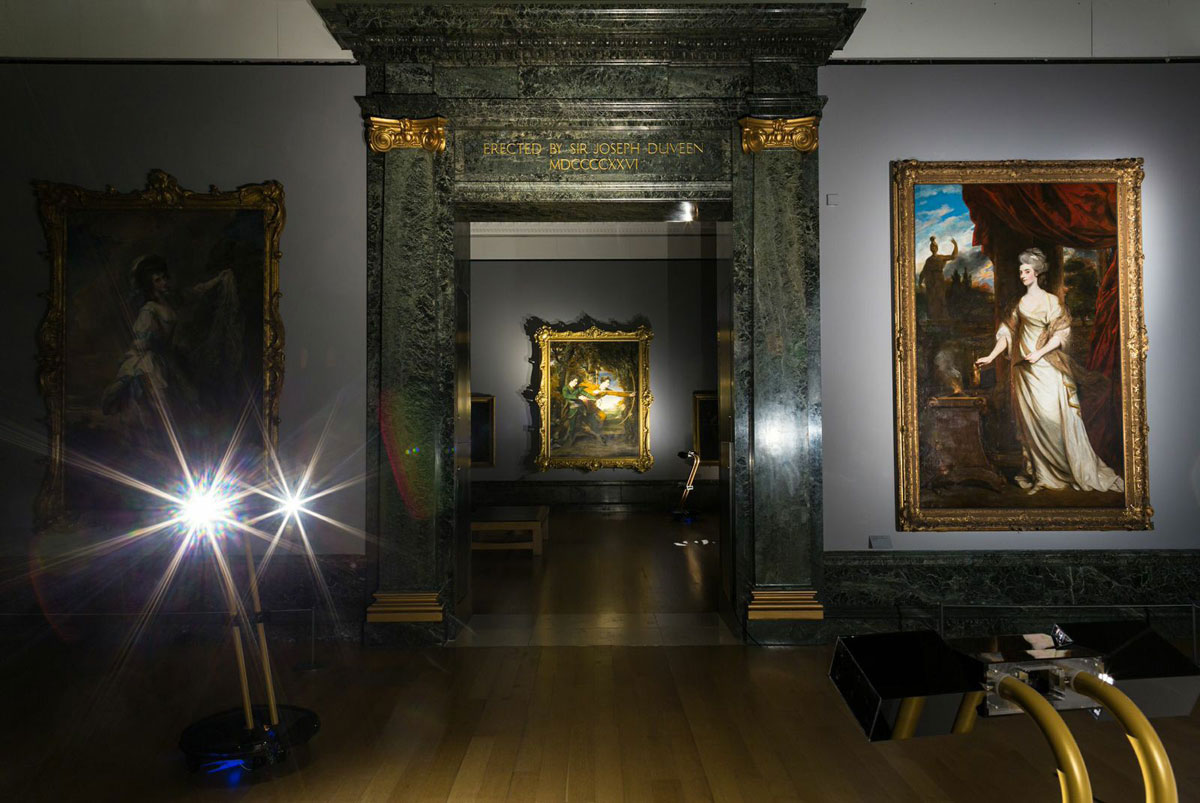Radical Interactive Design by The Workers
The duo blur the line between the digital and physical for a new way to experience art


One of the UK’s most exciting art events last year only technically took place inside a gallery. In reality, Tate Britain’s “After Dark” played out on computer screens all across the globe. “After Dark” let website visitors take control of four robots equipped with cameras and headlights roaming the art gallery at night. The event was live streamed over five days, with art experts commenting on the pieces on display as the robots approached them. This innovative way of experiencing art was conceived by London design studio The Workers, who were also behind the interactive installation that Bibliothèque showcased last year. The Workers—aka Tommaso Lanza and Ross Cairns—gave a talk at Design Indaba last week, where we caught up with them.

The two met at the Royal College of Art in London; Cairns has a background in interactive media and Lanza in product design, but their mutual fascination for the intersection of physical and digital has seen them create work that’s immersive and enthralling. Check out, for instance, their beautiful “Where You Are” site for book publisher Visual Editions, for which The Workers created 16 individual websites and one encompassing hub, visualizing 16 separate stories online.

The duo, who call themselves “serial collaborators,” like to work within the constraints that collaborations bring, while harnessing the talent that can already be found in an organization. Their aim is to get organizations and studios to set aside their preconceptions about what digital should be, and instead focus on their strengths. “We like the constraints and the problems,” Cairns says. “Often people come to us, for a website for example, and they’ll say ‘We want this, we want this…’” Lanza interjects, “And we’re like, ‘No, you don’t.’” Cairns agrees: “No you don’t; you’ve got zero budget, but you’ve got these great photographers and people working on your team, so we’re going to make you the tool to create something amazing.”
Cairns and Lanza’s work is proof of how not just design studios but also fine arts organizations increasingly see the digital as a viable tool to create interest around new projects. “I think they’re all really hungry for it, but they don’t know quite what to do or how to do it yet, which is really exciting,” Cairns says. “But you have to meet people too. These things are a collaboration—it’s not like ‘Here we are, we’ll solve it,’” Lanza adds. “You have to work with someone who’s receptive on the other end. The guys at Tate Britain were really, really helpful and open, so it was easy to work with them.”

What makes The Workers’ creations so appealing is that they’re not primarily a digital studio, but a fusion between digital and design. “The graphic design side is as important a part as the digital side,” Cairns says. “The prototypes for ‘Where You Are’ were completely devoid of any kind of graphic design [as the book designs were created by Bibliothèque], and so the graphic design of the homepage was completely up to us.”

Next up for The Workers is a retail installation in Monaco. Cairns and Lanza are also looking to take the “After Dark” project on the road, giving viewers the possibility to explore even more museums and galleries after hours—and to once again experience the blurring boundaries between on and offline.
Check out all of The Workers’ past projects and future collaborations online.
Images courtesy of The Workers












